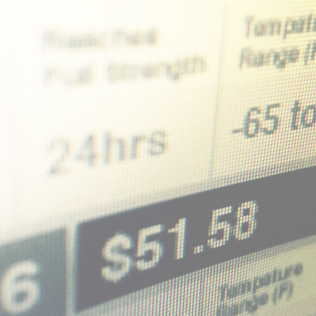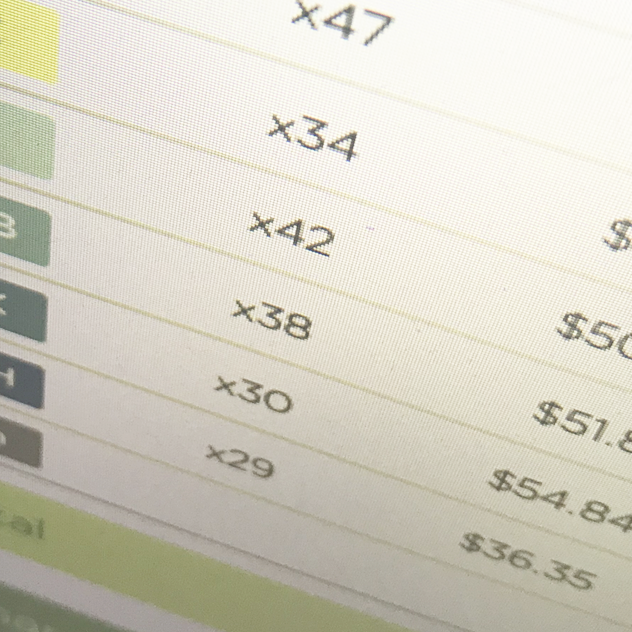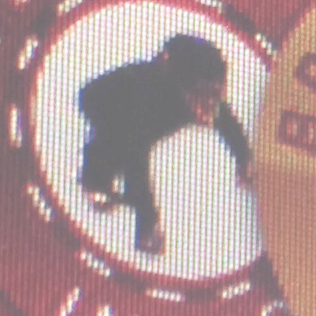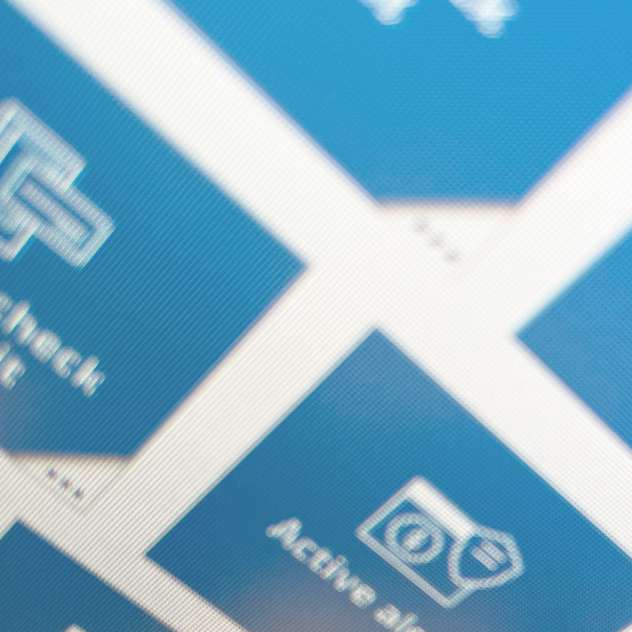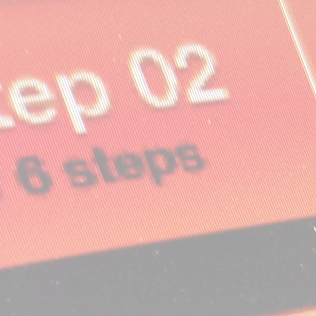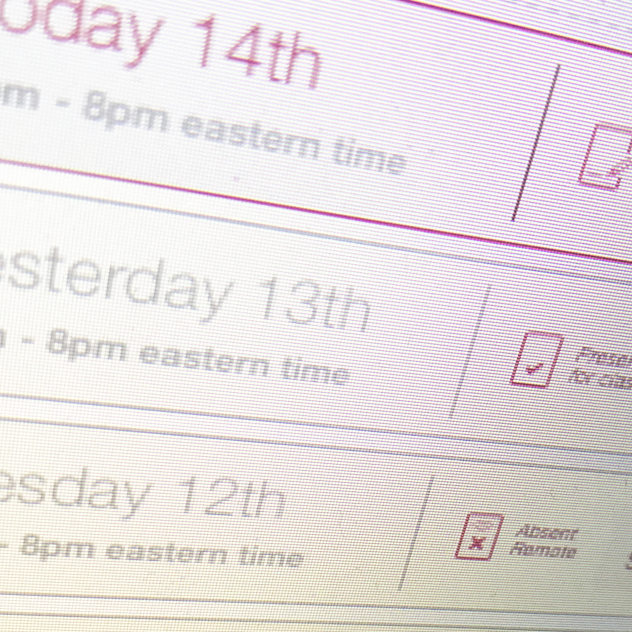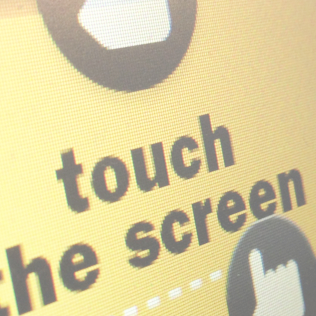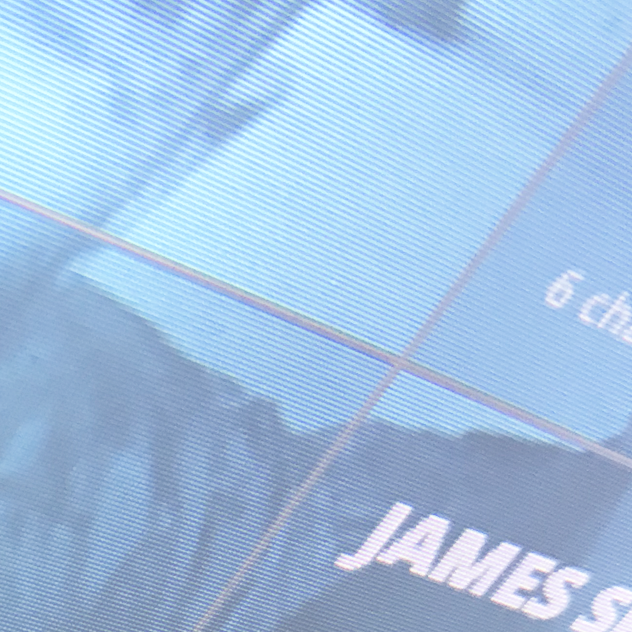Early in 2015, Multipass - a startup company located in London's L39 incubator in the UK - contacted me to arrange initial briefings on their contactless travel project:
In partnership with a company named FareMaster, they were due to launch a Bluetooth-based ticketing system which cuts across the UK's labyrinthine ticketing rules by using cloud-based calculations to get the cheapest fare *after* you travel, at the end of each 24 hour UK travel cycle.
This involved my travelling to the UK in (so far) three sets of three week engagements, where I take the technology as it is being developed, in consultation with MultiPass' engineers and software developers, and map out how to meet the needs of its users.
In partnership with a company named FareMaster, they were due to launch a Bluetooth-based ticketing system which cuts across the UK's labyrinthine ticketing rules by using cloud-based calculations to get the cheapest fare *after* you travel, at the end of each 24 hour UK travel cycle.
This involved my travelling to the UK in (so far) three sets of three week engagements, where I take the technology as it is being developed, in consultation with MultiPass' engineers and software developers, and map out how to meet the needs of its users.
These maps were initially made by hand, at the end of each day, and then further workshopped with stakeholders to be sure my understanding of the product is complete.
These diagrams and schematics came from asking questions, but also from spending time travelling at rush hour through various points of london, asking commuters about their journeys and noting how they use their phones and navigate generally.
As the information became more solid, we began to move to whiteboards and then into documents that contain brief, high level summaries of behaviours in our customers:
Once our initial research was kicked off, the various poles of opinion inside MultiPass and FareMaster expressed strong opinions
